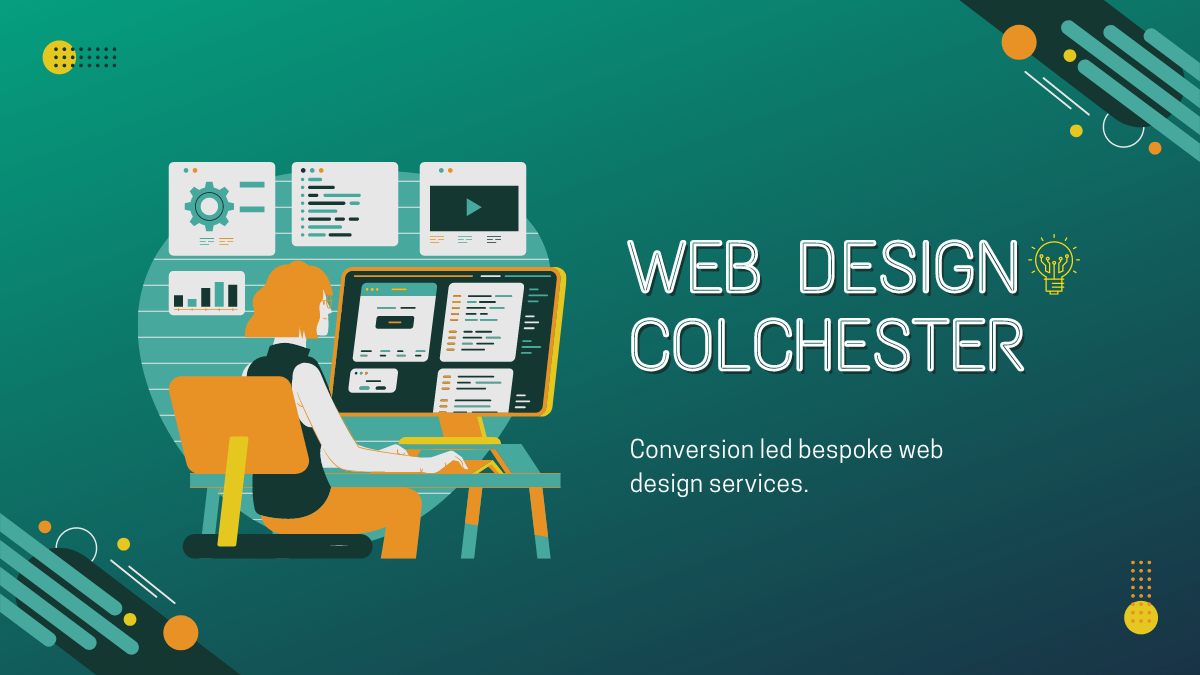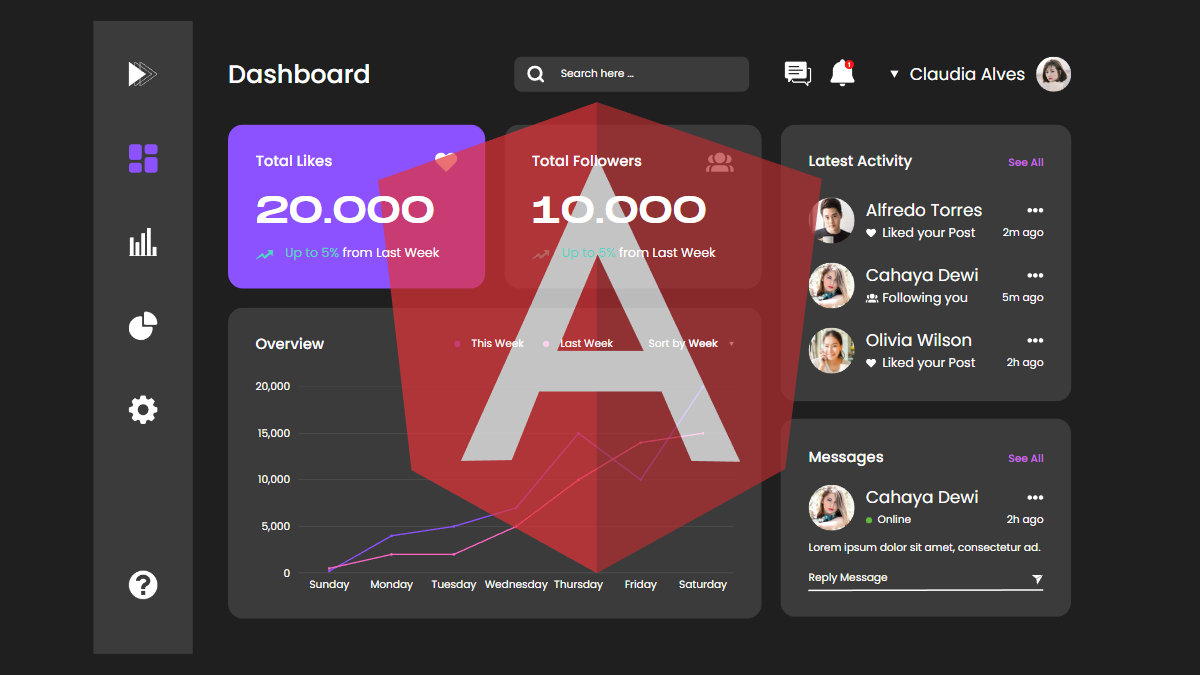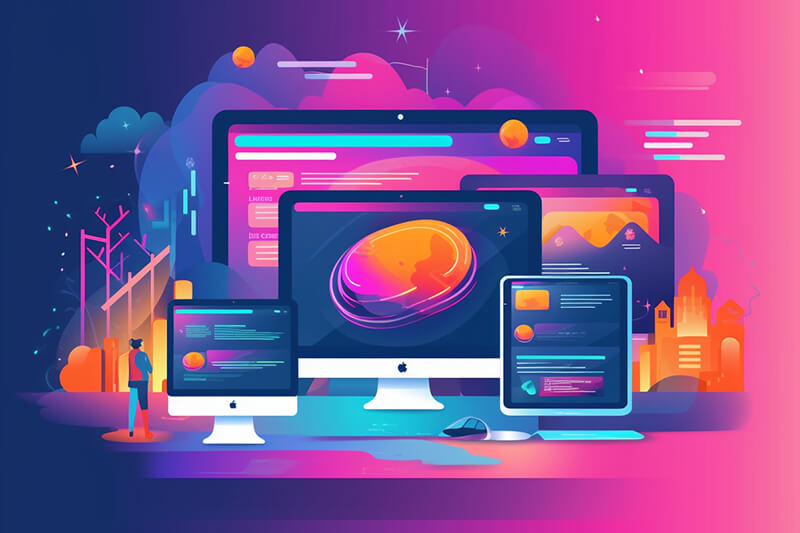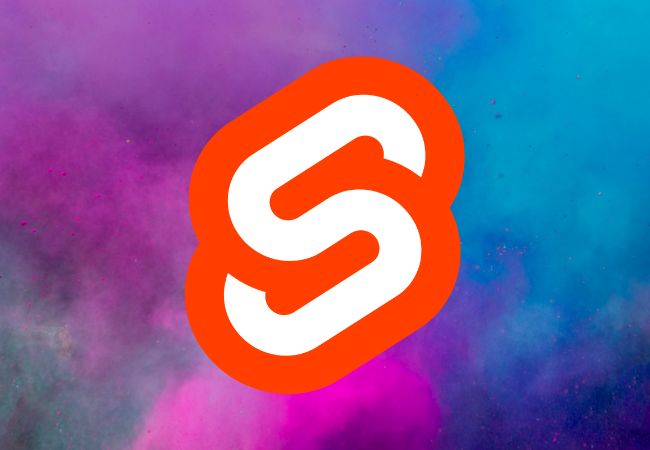Read this before you build a SaaS Web Application
TL;DR
In this article we highlight the core features necessary for building a scalable, secure, and user-friendly SaaS (Software as a Service) product. From choosing between single or multi-tenanted architectures, ensuring robust security measures, to optimizing for SEO and performance, and selecting the right technology stack, this guide provides valuable insights for tailoring your SaaS solution to meet the specific needs of your business and users, ensuring a powerful and competitive digital presence.
So you have an idea for an application
So you have an idea for an application and are looking for a software developer to create it. Well, that's what we do for a living. We take your business idea and turn it into SaaS application.
We develop SaaS applications by using a basic set of core features as a framework for building your specific business features. These core features are fundamental to all SaaS web applications and create the foundation upon which your application can meet its intended functionality while adhering to scalability, security, and user experience best practices.
Every SaaS application has at least three primary zones, each only accessible via user accounts and services with the correct roles and permissions. These zones are:
- Public Zone - This is accessible by anonymous users. It's where your potential customers will first interact with your application. It usually includes pages like Home, About, and Contact.
- Application Zones - These are accessible by members who have logged in. This zone is where the core functionality of your SaaS application lives, tailored to the needs of your users based on their roles and permissions.
- Administration Zone - This is reserved for administrators who manage the application. It includes powerful tools for managing the application, user management, content control, analytics, and more.
Each zone provides functionality based on user and service groups and permissions. Moreover, each can have its own application space, meaning the application and administration zone can have their subdomains. It is also possible for the application zone to have a subdomain for each tenant. Application zone design is decided by understanding and making decisions based on the application design, data segregation, and security policies.
Building Core Features into Your SaaS Application: A Developer's Guide
When embarking on the development of a Software as a Service (SaaS) application, it is crucial to have a clear understanding of the core features and to implement them effectively. These essential components form the foundation for a robust, scalable, and user-friendly SaaS solution. In this comprehensive guide, we will explore these components in detail, providing you with the necessary insights to create a successful SaaS product.
Core Application Features
Decisions on each of the following core features need
- Single or Multi-Tenanted: Determines whether a single instance of the software serves one or multiple customers. This choice impacts database design, security, and scalability.
- Database: The backbone of any SaaS application, ensuring data is stored, retrieved, and managed efficiently and securely.
- Security: A paramount feature encompassing user and service authentication, data encryption, secure coding practices, and compliance with legal and regulatory standards.
- SEO: Essential for making your public zone website visible and attractive to search engines, thereby increasing organic traffic.
- Performance: Optimizing load times and responsiveness to ensure a smooth user experience across all devices and internet conditions.
- Technology Stack: Choosing the correct set of technologies (frontend, backend, database, etc.) that will scale with your SaaS application as it grows.
- E-commerce: While optional, integrating e-commerce capabilities can be crucial for monetizing your application.
- Workflows: Automating business processes within your application can significantly enhance efficiency and user satisfaction.
- Integrations: The ability to seamlessly integrate with other services and applications (such as internal systems, CRM, email marketing tools, communications and payment gateways) extends the functionality and value of your SaaS application.
Building Core Features into Your SaaS Application: A Developer's Guide
When embarking on the development of a Software as a Service (SaaS) application, it is crucial to have a clear understanding of the core features and to implement them effectively. These essential components form the foundation for a robust, scalable, and user-friendly SaaS solution. In this comprehensive guide, we will explore these components in detail, providing you with the necessary insights to create a successful SaaS product.
Single or Multi-Tenanted Architecture: Tailoring Your Application
Choosing the Right Architecture: The decision between single-tenanted and multi-tenanted architectures is crucial. Single-tenanted environments offer dedicated resources and customization for each customer, which enhances data security and isolation. For instance, imagine a tailored project management tool designed for large enterprises, where each company's sensitive data and custom integrations reside in a dedicated environment.
On the other hand, multi-tenanted architectures are ideal for serving multiple Small and Medium-sized Businesses (SMBs) on the same infrastructure, offering cost efficiency and maintenance simplicity. This approach ensures data segregation and security while benefiting from shared resources. Therefore, it's a popular choice for cloud-based applications.
Database Design: The Backbone of Your Application
SQL vs. NoSQL: Your choice of database plays a crucial role in determining the performance and scalability of your application. SQL databases like PostgreSQL or MySQL are perfect for applications that require complex queries and transactions, such as an e-commerce platform that needs to manage inventories and customer orders with precision.
On the other hand, NoSQL databases like MongoDB or Cassandra offer flexibility and scalability for handling unstructured data or rapid scaling needs. This makes them suitable for applications like social media platforms or content management systems that deal with diverse data types and high traffic volumes.
Implementing Robust Security Measures
Protecting User Data: Security is an essential aspect of SaaS applications, particularly those that handle sensitive information. Effective security strategies should include multiple layers of protection, such as robust authentication mechanisms, data encryption, secure coding practices, and compliance with regulatory standards. For example, a healthcare application must implement strong access controls, encrypt patient data both in transit and at rest, and follow secure development practices to meet regulatory requirements like HIPAA. These measures ensure that patient information remains confidential and secure.
SEO: Enhancing Visibility and Reach
Optimizing for Search Engines: To attract organic traffic to your SaaS application, it's essential to implement SEO best practices. This includes optimizing your website's content, structure, and meta tags for search engines. Additionally, a well-designed SEO strategy can improve user engagement and conversion rates by ensuring that your site appears in relevant search results, thereby reaching potential customers effectively.
Performance Optimization: Ensuring a Seamless User Experience
Fast and Responsive Design: The performance of your SaaS application directly impacts user satisfaction and retention. Optimizing load times, ensuring responsiveness across devices, and reducing latency can greatly enhance the user experience. Techniques such as code minification, image optimization, and the use of Content Delivery Networks (CDNs) can significantly improve your application's speed and reliability.
Choosing the Right Technology Stack
Frontend and Backend Technologies: Selecting the appropriate technology stack for your SaaS application is vital for its success. For the frontend, technologies like React, Angular, or Vue.js offer dynamic and responsive user interfaces. For the backend, Node.js, Ruby on Rails, or Django can provide robust and scalable solutions. The choice of technologies should align with your application's requirements, team expertise, and future growth plans.
E-commerce Integration: Monetizing Your SaaS Application
Facilitating Transactions: Integrating e-commerce capabilities into your SaaS application can open up revenue streams and enhance user engagement. This involves setting up secure payment gateways, subscription management, and possibly a storefront for selling additional services or products related to your application. For instance, a project management tool might offer premium features or add-ons through a subscription model, requiring robust and flexible e-commerce integration to handle recurring payments and customer management seamlessly.
Workflow Automation: Boosting Efficiency and User Satisfaction
Streamlining Processes: Workflow automation within your SaaS application can significantly improve operational efficiency and user experience. By automating routine tasks, such as data entry, notifications, or report generation, you free users from manual work, allowing them to focus on more strategic activities. Additionally, automation can enhance data accuracy and speed up processes, contributing to a more productive and satisfying user experience.
Integrations: Extending Your Application's Capabilities
Connecting with Other Tools: The ability to integrate with other software is a critical feature for SaaS applications. It enhances the value of your product by enabling users to connect it with the tools they already use, such as CRM systems, email marketing platforms, accounting software, or productivity tools. Implementing API integrations and providing clear documentation can make your application more versatile and appealing to a broader audience. For example, integrating your project management SaaS with popular communication tools like Slack or email services can streamline workflows and improve communication efficiency.
Conclusion
Building a successful SaaS application involves careful consideration of its core features, from the architecture and database design to security, SEO, and beyond. By focusing on these essential elements, developers can create powerful, scalable, and user-friendly applications that meet the evolving needs of their customers.
If this is the first time you are commissioning a SaaS Application project, to get a fixed price quote for your project.
Perhaps you're considering SaaS application development and want our help to gain a better understanding. Get in contact so we may help.





